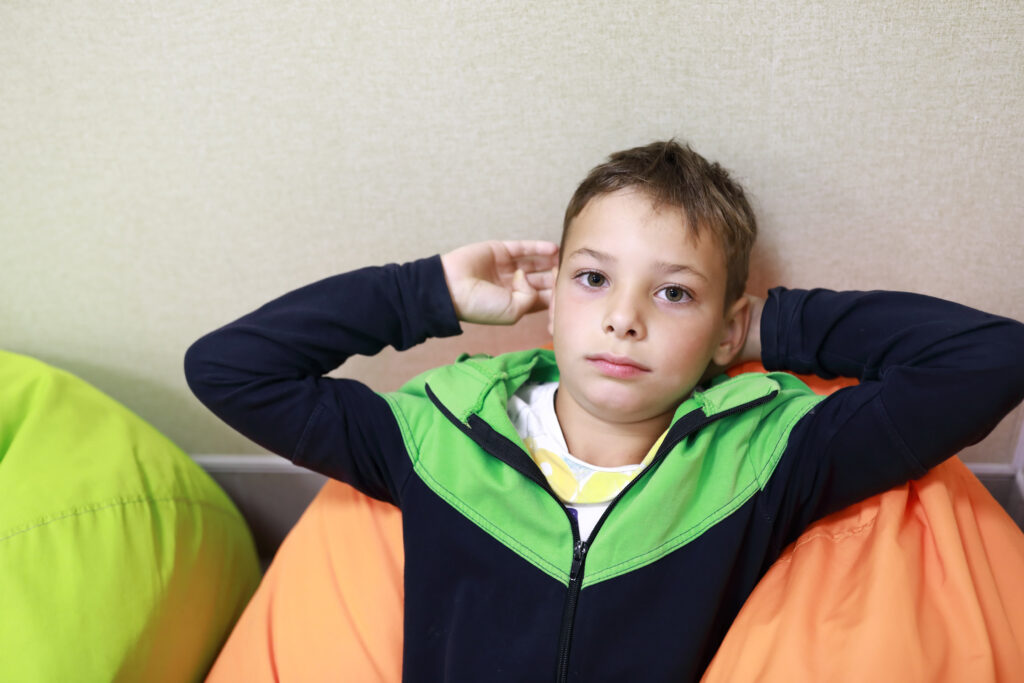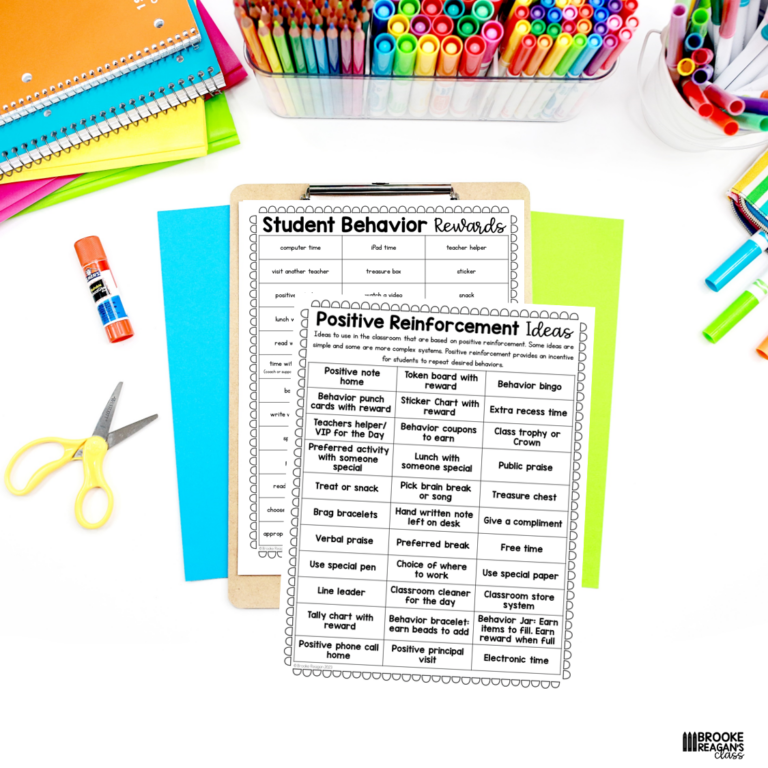

To effectively tackle aggressive behaviors in children, it is crucial to develop a understanding of the underlying causes and triggers. Aggression in children can stem from a variety of factors such as frustration, difficulty in expressing emotions, unmet needs, or even imitating behaviors they have witnessed. By gaining insight into these root causes, teachers can better equip themselves to address and manage aggressive behaviors.

One common factor that contributes to aggression in children is a lack of self-control and emotional regulation. Children who struggle with self-control may find it challenging to manage their impulses, leading to outbursts of anger or violence. Similarly, difficulties in emotional regulation can make it difficult for children to understand and express their emotions in a healthy and constructive way.
It is also important to remember that children may exhibit aggression as a result of underlying developmental or neurological challenges. Conditions such as ADHD, autism spectrum disorder, or trauma can significantly impact a child’s behavior and increase the likelihood of aggressive outbursts. In these situations, support and a partnership with your campus special education team is vital.
What can we do as educators to help decrease or eliminate aggressive behaviors?
2. Set Clear and Consistent Boundaries. All children need structure where rules and expectations are well-defined. I repeat ALL CHILDREN! By establishing predictable routines and natural consequences for inappropriate behavior, children are more likely to make better choices leading to less aggressive behaviors. One easy way to do this is posting visuals of expectations in your classroom.
3. Teach, model and practice techniques and tools to manage and calm emotions. This can be calm down strategies like breathing, taking a break, writing about your feelings, drawing about you feelings, mindfulness exercises. Creating a calm down area is also essential. Every classroom needs a safe place for children to handle their big emotions and take a break to regain control. Click the images below for tools to put in your calm down area with no prep for you!
4. Be an Active Listener. We all want to be heard. One key strategy when dealing with aggressive behavior is hearing what the child has to say AFTER the aggressive behavior and they have regained control. Encourage expressing their emotions and hearing their side of the story while fully listening. This means being in a quite place, not on your cell phone or computer, and listening to what the child has to say without judgement or asking a lot of questions. This can be hard, but if effective in building trust and helping the child with conflict resolution skills rather than be defensive.

5. Brainstorm replacement appropriate behaviors and solutions together. By involving the child that is showing aggressive behaviors in the decision-making process you are giving them power and helping develop critical thinking skills they are apply in the future. For example, if a child kicks when he is frustrated at a peer. After the problem behavior has occurred, sit down with the child and first address why this behavior is not allowed, then possible replacement behaviors to practice. Naming their feelings, drawing about their feelings, using a stress-ball, walking away, squeezing or punching a stuff animal. Together eliminate ones that might not work for the situation. Keep the ones your both agree could work. Model and practice these behaviors.
6. Reinforce Appropriate Behaviors Using a Social Story. Social stories are short narratives that outline specific behaviors, situations, or skills in a simple and relatable way. These stories help children understand the expected behavior and provide them with a framework for navigating challenging situations. By presenting examples and alternatives, social stories (like the ones below) can promote positive change in aggressive behaviors.
Remember, change takes time, but with dedication and consistency, you can help children better understand and regulate their emotions and manage their aggression.
Grab this free social story below to practice using social stories now!

Sign up to receive over 35 ready to use student rewards to boost motivation, promote positive behavior and create a fun learning environment.